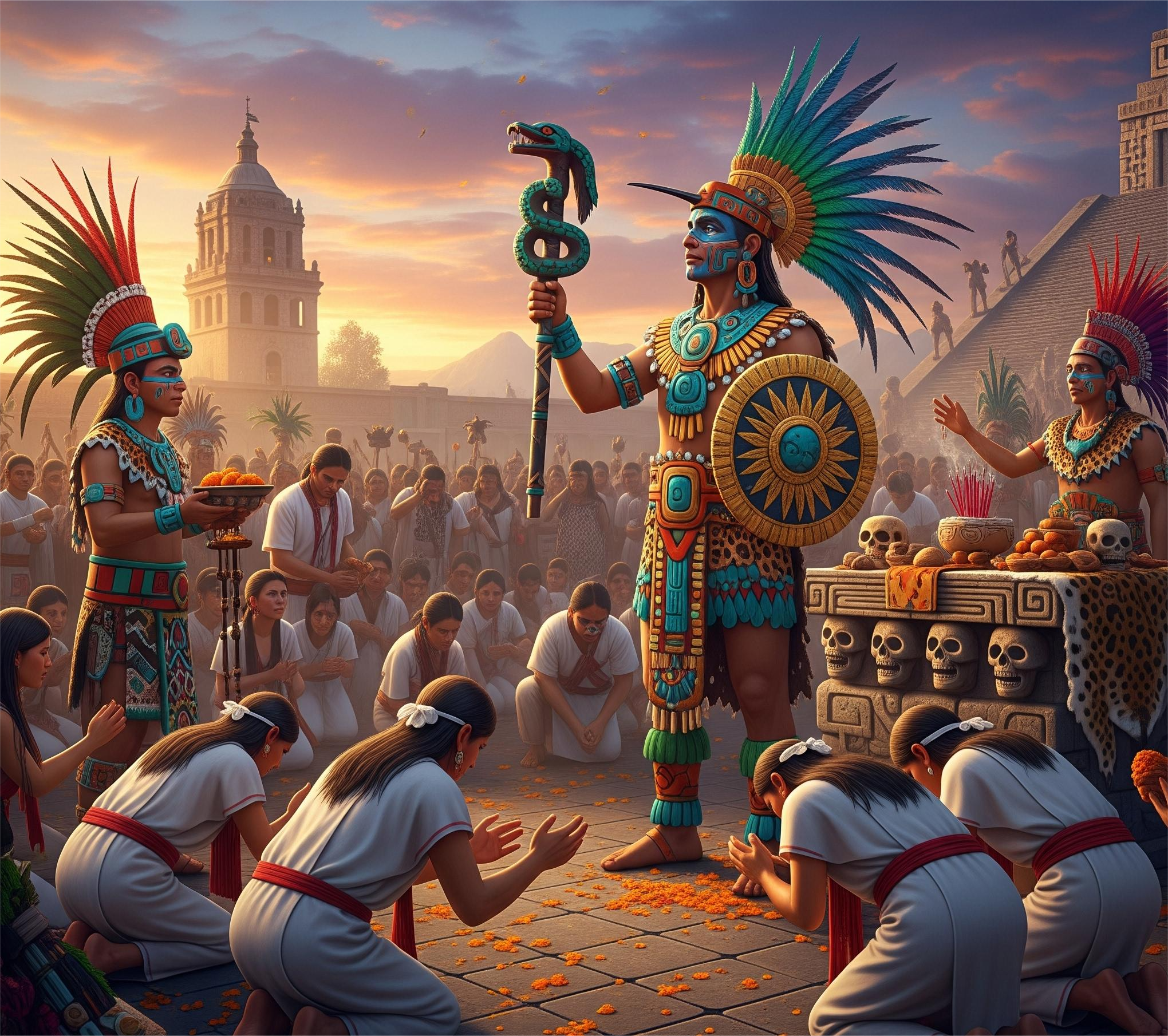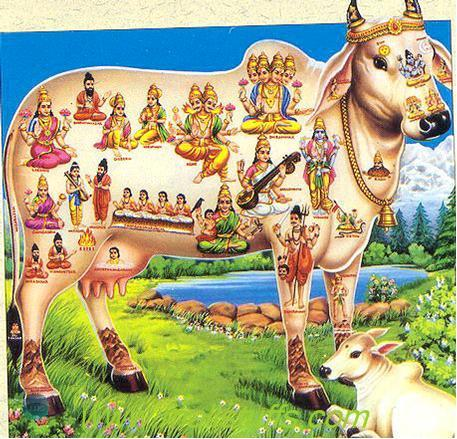In the heart of the mighty Aztec Empire, one god stood at the apex of reverence, fear, and devotion: Huitzilopochtli, the god of war, the sun, and the patron of the Mexica people. More than just a celestial figure, Huitzilopochtli was the divine engine of Aztec expansion, the reason behind blood rituals, and the spiritual backbone of Tenochtitlán’s power.
Huitzilopochtli: The Hummingbird of the South
Huitzilopochtli’s name means “Hummingbird of the South” (Huitzilin = hummingbird, opochtli = left/south). But don’t be fooled by the delicate name—he was a ferocious warrior deity who led the Mexica from mythic origins into the Valley of Mexico, guiding them to their destined home where they built Tenochtitlán.
In Aztec mythology, Huitzilopochtli:
Was born fully armed from his mother Coatlicue after she became miraculously pregnant.
Instantly killed his siblings—the moon goddess Coyolxauhqui and 400 stars (representing the Centzonhuitznahua)—symbolizing day defeating night.
Represented the sun’s daily battle against darkness and chaos.
Templo Mayor: The Heart of Worship
At the center of Tenochtitlán stood the Templo Mayor, a twin-pyramid structure dedicated to both Huitzilopochtli and Tlaloc, the rain god. The southern half—painted red for blood and war—was Huitzilopochtli’s sacred space.
It was here that:
Priests performed sacrifices to nourish the god.
Rituals reenacted his cosmic birth and victories.
Festivals like Panquetzaliztli (held in December) honored him with music, dance, and mass ceremonies.
War and Blood: Feeding the Sun
Huitzilopochtli wasn’t just a god of war; he was war itself, the celestial force that demanded constant blood to keep the sun alive. Without nourishment, the sun would fail, and the world would fall into darkness.
To prevent this apocalypse, the Aztecs practiced:
Human sacrifice, particularly of captured warriors.
Heart extraction ceremonies, where the beating heart was offered to Huitzilopochtli, and the body cast down the pyramid.
The “flowery wars” (xochiyaoyotl), battles fought primarily to capture prisoners for sacrifice—not for conquest.
These rituals weren’t seen as cruel but essential acts of cosmic maintenance. Life existed because the gods had sacrificed themselves; humans were repaying that divine debt.
Divine Justification for Empire
Huitzilopochtli’s worship was also a political tool:
The Mexica elite claimed divine favor through their relationship with him.
Military conquests were framed as holy missions to collect captives for the god.
Even the founding of Tenochtitlán was said to have occurred where Huitzilopochtli revealed an eagle devouring a snake on a cactus—now the image at the center of the Mexican flag.
In essence, Aztec imperialism and religion were inseparable, with Huitzilopochtli at the helm.
Post-Conquest Legacy
After the Spanish conquest, worship of Huitzilopochtli was violently suppressed, and temples were destroyed or repurposed. Yet, his memory lived on in oral histories, codices, and archaeology. Today:
His myth is a key part of Mexican identity and nationalism.
The Templo Mayor ruins remain a major historical site in modern-day Mexico City.
He continues to be studied as a complex symbol of violence, faith, and the human relationship with power.







